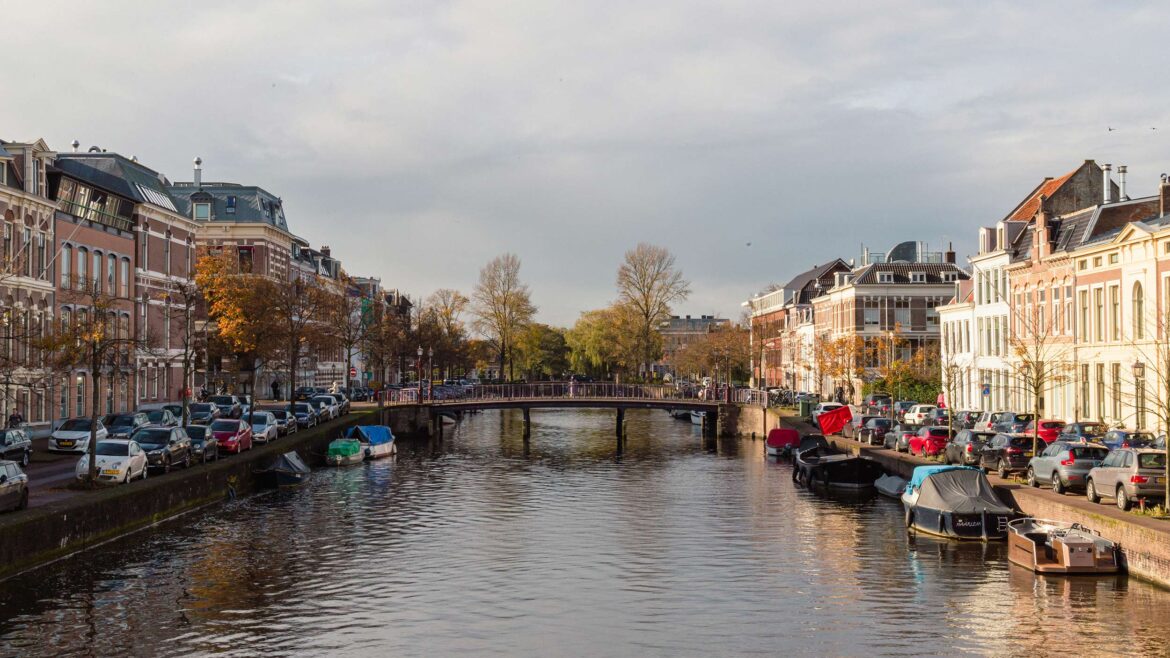The Netherlands is a beautiful and fascinating country in northwestern Europe filled with charming cities and towns, lovely canal views, adorable nature views (especially during tulip season), and a rich history to discover throughout the country. But when I thought of the Netherlands, one thing didn’t come to my mind, and it’s – vanlife.
We have lived in a motorhome (actually, two motorhomes) for over two years but at the time of visiting the Netherlands in autumn 2023, we marked a little over a year. But still, we had some experience and knew of the difficulties that living in a vehicle brings, that planning our trip to the Netherlands seemed a bit tricky. You see, the stereotypes about narrow roads, little space, and everything being expensive are actually kind of true. But it’s also possible to travel there with a tighter budget and that’s what we did.
But before diving into the details, let’s start with the word “vanlife” and what it means to us. As massive budget travelers, vanlife means camping in free overnight spots, finding free water taps, and sustaining our electricity needs with our two solar panels. So no campsites and no paid parking lots. As scarce as it sounds, we of course also used paid services but our main point was finding free options as much as possible. In this post, I will cover how successful vanlife can be there as well as cover the costs of campsites and other necessary aspects of traveling with a vehicle.
Green zones
These days a lot of countries are introducing green zones that try to limit the amount of emissions cars create to maintain a better air quality in very populated places. The low emission zone (also called – Milieuzones), almost solely limiting diesel vehicles, is introduced in fourteen cities, including Amsterdam, Utrecht, The Hague, Rotterdam, and Eindhoven.
You can find maps of the green zones in different cities online, but it’s also worth noting that the zones are usually within the city center so, if you have an older diesel vehicle, you can still access the city but with some limitations. If your car has an emission rate of 4, you can freely enter the green zones and no stickers or registration is required since cameras or special enforcement officers check that.
Our motorhome, an old 1980s diesel, unfortunately, doesn’t meet the standards so what we usually did was check the limits of the zones before arriving and find parking spaces around it. We have stayed in Amsterdam, The Hague, Maastricht, Utrecht, Eindhoven, and Haarlem, all of which have green zones, and did find some spaces outside of them and still were able to explore the cities quite conveniently. However, as budget travelers, it wasn’t that easy to find free and safe parking lots on the outskirts of the city, which I will cover a little bit later in this post. But public transport in the Netherlands is very easily accessible and getting from further away places to the city center isn’t difficult nor an expensive task.


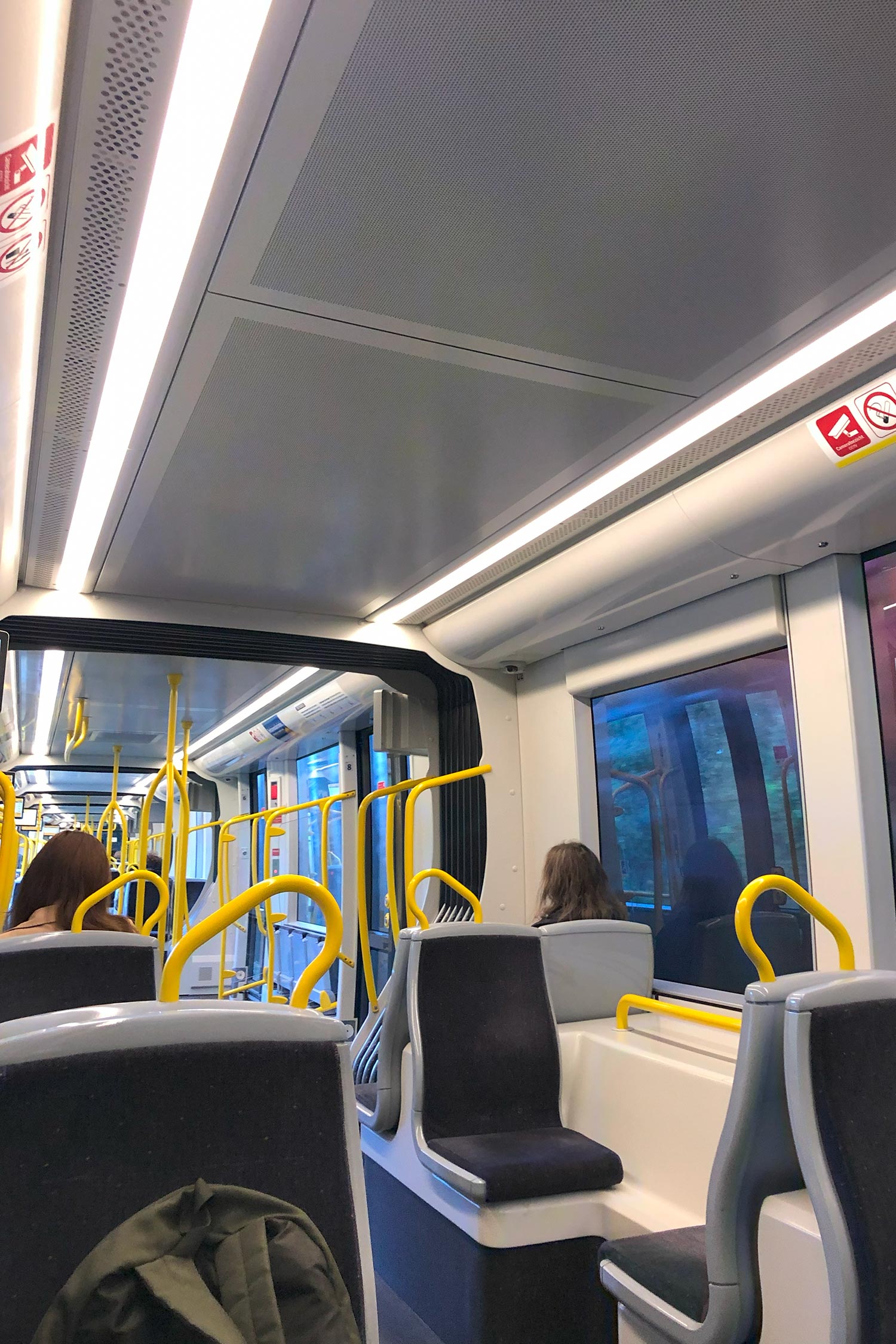
Service points to fill up water and dispose of toilet waste
If you are planning on traveling with your vehicle and prefer staying at places for free, chances are you might be wondering where to fill up with water and empty your toilet cassette without the need to visit a campground or pay a lot of money. Well, the Netherlands isn’t the easiest place to do so but it’s not impossible.
Overall, there are a couple of places where you can both empty toilet cassettes and fill up water and usually it costs only a few Euros. To find these places, you can use the Park4Night App and filter out the Service area without parking. Considering how small the country is, you might be planning your journey based on where the stations are but it isn’t a long stretch to include them in your itinerary. There is a gas station about 20 minutes from Amsterdam, where, if you fill up with gas, you don’t need to pay extra for the services, and there are also stations near the larger cities such as Rotterdam and Eindhoven.
However, if you only need to fill up water, there are more options like gas stations, or you can find water faucets at local parks which have drinkable water and don’t cost anything to fill up. To find these, you can also use the Park4Night App which has been a reliable friend of ours for almost two years of traveling with a motorhome.
An issue that we encountered while traveling the country for a month was how difficult it might be to find waste bins. As we traveled without staying at campsites, we usually looked for bins at gas stations, but more often at public bins in cities and it became quite a problem to find ones that we could use. So, if you are planning on traveling to the Netherlands, make sure to utilize every chance you get to use waste bins because you never know the next time you will see one.

Narrow roads
The Netherlands is quite famous for its small and charming city streets and the beauty of the aesthetics can’t be denied. However, if you are driving with a larger motorhome or a van, you must be prepared to navigate through narrow roads, and very often, because the country is quite populated, the only time you get respite is on a highway. The other thing to look out for is the many, and when I say many, I mean countless speed bumps on the roads. Understandably, they regulate the traffic and make the road more of a safe place but with our 7-meter long motorhome on the narrow streets, it was quite exhausting. But don’t let that keep you from traveling there, it’s more than possible, and if you have driven in the UK, you will see a lot of similarities.
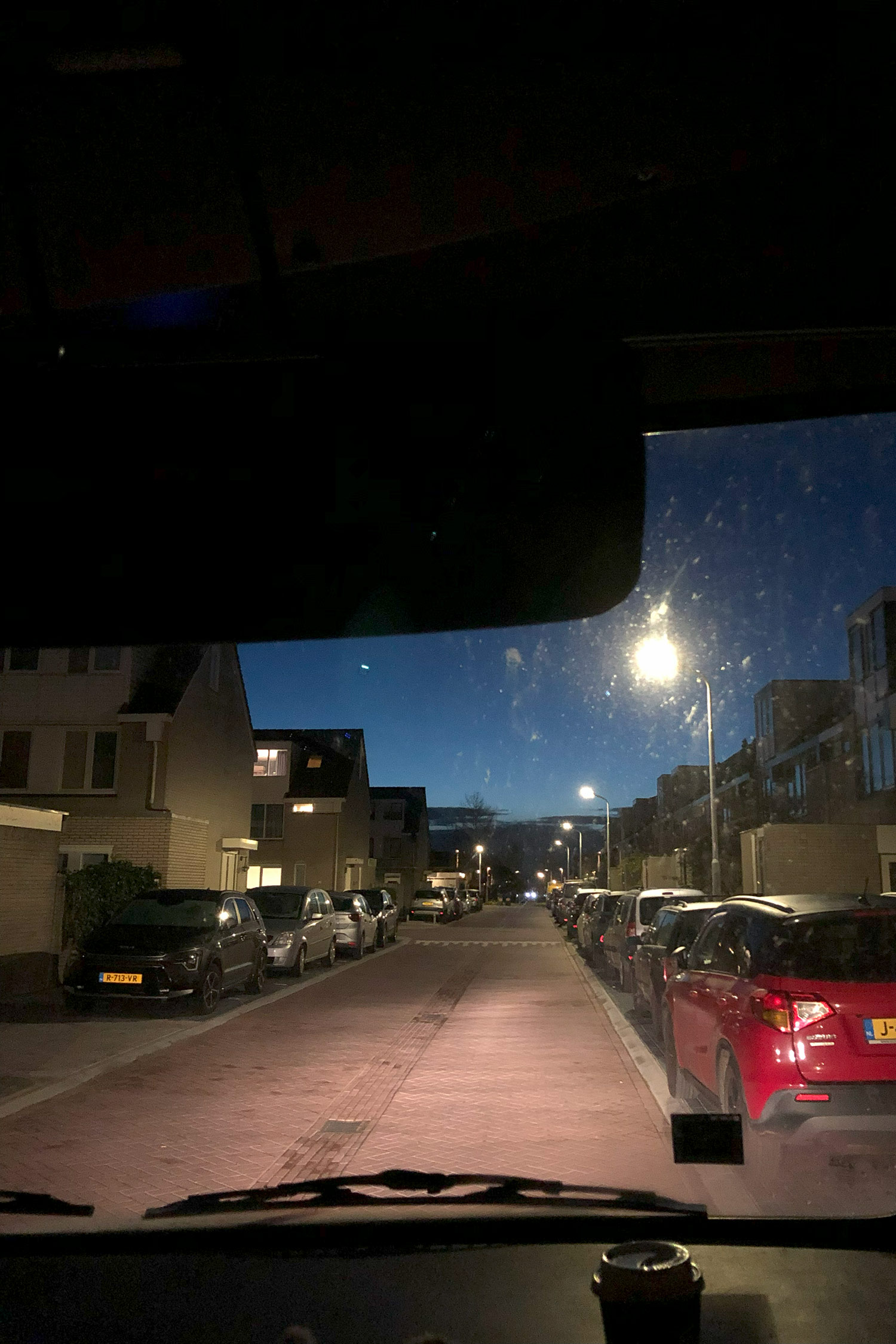
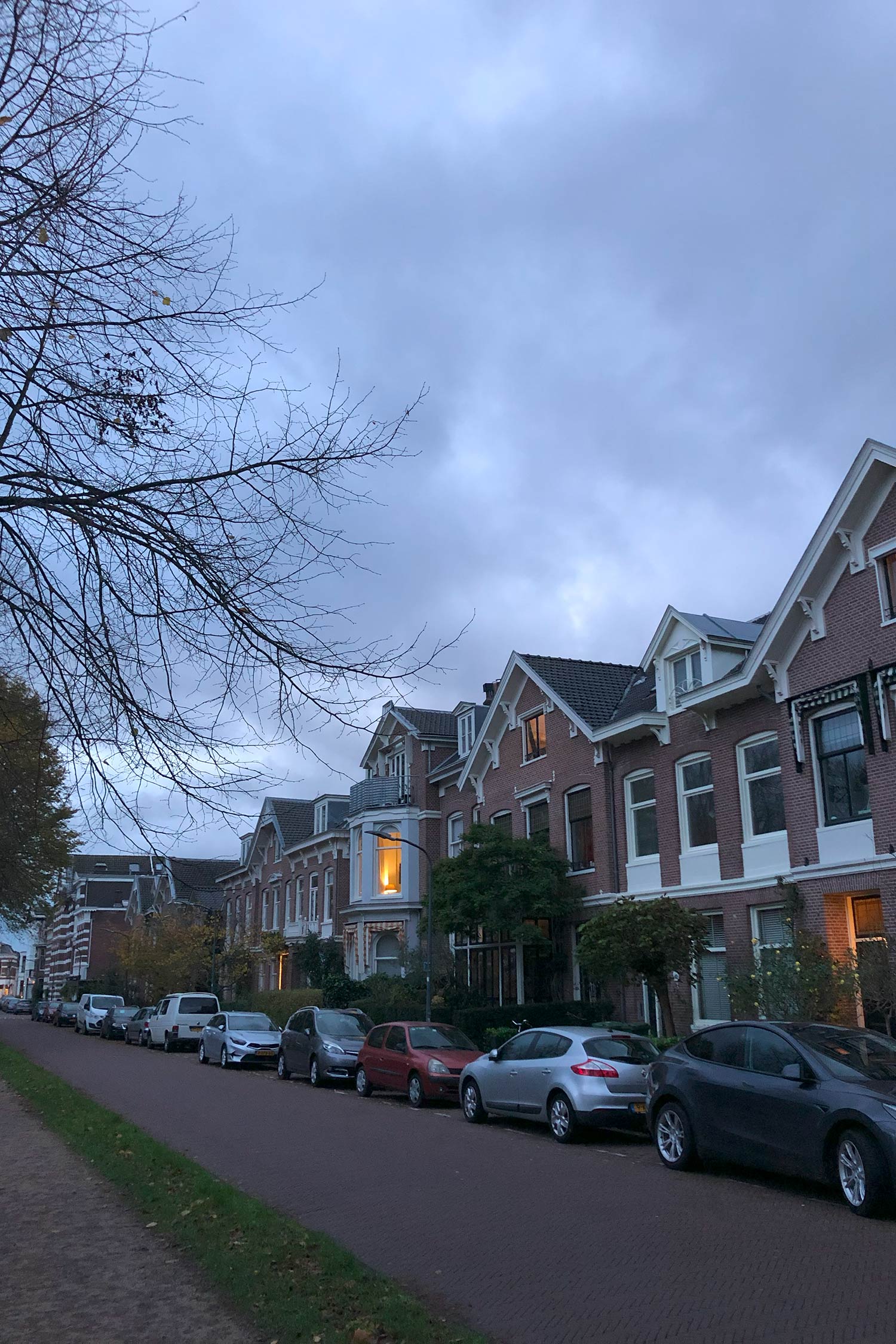
It’s a small country
To no surprise, the Netherlands is quite a small country. And because of that, you can travel through it pretty quickly which means your itinerary for the whole country could be somewhere around two weeks, however, you can also spend a month or more to properly soak up the culture and surroundings.
What I mean with this point, is that most cities could be explored in one or two days, the exception being Amsterdam and also mostly because it’s full of tourists all year round and many places have large queues. However, cities like Maastricht or Utrecht can be perfectly explored in one or two days, making your time traveling much quicker. What’s perfect about this fact is that you don’t need to spend hours driving from one destination to another. Let’s say you want to visit Amsterdam from Utrecht – that will take approximately 45 minutes. Or Rotterdam from Eindhoven which will take around 1.5 hours of driving. Compared to other countries and distances between cities or memorable sights, this seems even an insignificant travel time. If you are looking for an amazing country that you would love to explore thoroughly but don’t have unlimited time, the Netherlands is the ideal place.
Overnight parking spots
As mentioned in the introduction, vanlife for us means staying as much as possible at places for free. That’s mostly because of our budget – even though we traveled with little money, we wanted to prove to ourselves and hopefully interested travelers that you absolutely don’t need much to travel.
Still, the Netherlands can be a tricky place to be budget-friendly, even for camping and finding free stays. Although there are free overnight spots all over the country, there aren’t that many when looking at cities or they may have a time limit. What’s more, what caught us by surprise is the amount of bad reviews a lot of these places have – either of breaking into cars, shattered windows, reported weird activities, etc. The most alarming reviews were about Amsterdam and surprisingly bad about Eindhoven. Fortunately, we didn’t have any bad encounters, although we did feel unsafe at some places (probably because it was autumn and already pretty dark and rainy, so the atmosphere didn’t necessarily help).
Even though we were lucky and were safe in all the places that we visited, it’s needless to say that you need to be careful about the places you choose to stay, even if they are paid, and read all the reviews, think about safety measures you can practice to protect your vehicle while you are gone or sleeping, and be vigilant – if the reviews are good, it doesn’t mean that you don’t need to pay attention to your surroundings. All this to say, the Netherlands generally is a safe country, as far as any country can go since crime can happen anywhere, but it’s important to be prepared also for the worst-case scenario. (And yes, we did get a warning from police in Amsterdam to leave the only parking lot that felt safe and was free so there isn’t any guarantee anywhere).


Petrol and food
The Netherlands, compared to countries in Northern or Eastern Europe, is considered more of an expensive country. Since our budget was already pretty tight when traveling to Germany before coming to the Netherlands, it became even more of a challenge to be smart about our expenses there. During our travels through the country, our biggest expenses were petrol and food. While petrol can fluctuate based on the petrol station and overall market, in autumn 2023 it was usually around 1.85 Euros per liter for Diesel.
Food, however, depends on the store itself and is also more expensive than in Germany. For comparably affordable food you can go to a store like Jumbo but a little bit more expensive store, which always has an amazing selection of foods, is Albert Heijn. But you can also find Lidl and Aldi which are also considered budget-friendly grocery stores.
If you are looking to enjoy meals at restaurants or cafes, be prepared for much higher prices. We didn’t go out much, only a few times for coffee (Cappuccino is around 4 Euros at cafes), for the classic fries or other snacks like bami, which you can find for under 10 Euros, and maybe a few times had a pizza. Perhaps our budget was too low but everything seemed so expensive, especially in Amsterdam, and we preferred to explore the grocery stores and cook for ourselves.

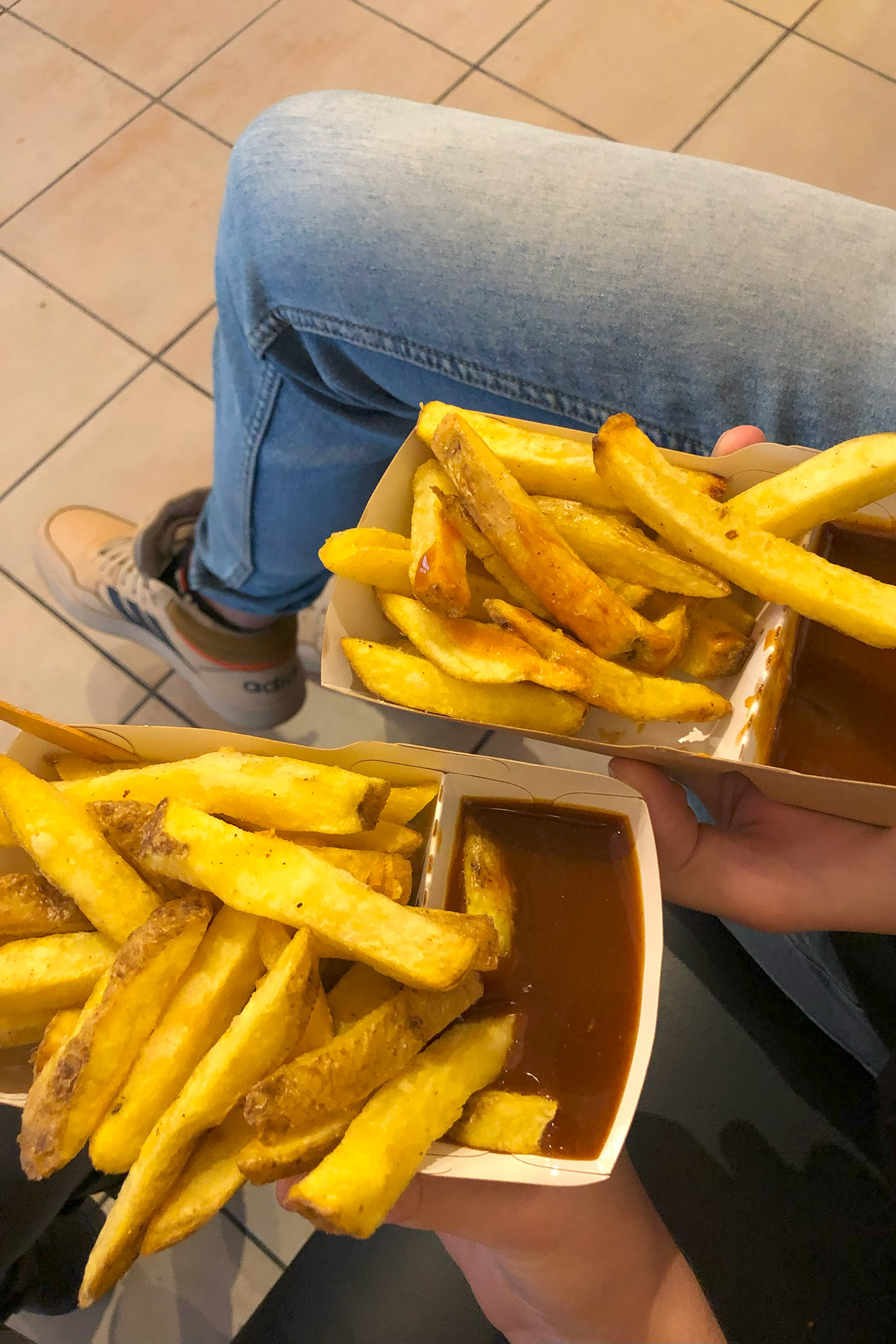

Campsites
If you are planning on traveling and staying at campsites, it’s certainly possible and might be a great way to travel more comfortable with all the facilities available and have more security than in regular parking lots. The average price range for motorhomes at a campsite is 20/30 Euros per night and can be higher depending on the campsite and the service range offered. The price seems very reasonable considering how expensive hotel stays can get there.
The easiest way to search for campsites in the Netherlands is on Google Maps or Park4Night App and you will probably find many options near larger cities and in more remote areas. However, when booking campsites, keep in mind the green zones and check if your vehicle can enter them. Honestly, if your budget allows it, I would highly recommend just booking campsites when possible. The stress about the safety of our motorhome and water/toilet disposal options was too much at times so staying at a campsite might be perfect to enjoy your time in the Netherlands to the fullest.
Weather
I didn’t even consider this before visiting but, the autumn/winter season in the Netherlands isn’t for the faint-hearted – it’s so windy, rainy, cold, and gray most of the time that traveling through the country and enjoying it gets a bit complicated. When we spent a month exploring the Netherlands back in 2023, we encountered only a few fully sunny days which wouldn’t be that bad but since our electricity depends on solar panels, we found ourselves multiple times without the option to charge our devices. Which is, of course, different when you rent a pitch at campsites and pay for electricity. I would also recommend checking if your heating system works properly before embarking on a late autumn/winter adventure to the Netherlands since the temperatures can drop below 10 degrees Celsius, and even colder at night.
If you are planning on traveling the country and thinking of the best time to visit it, I would recommend late spring, summer (despite how touristy it might get), and early autumn to get the best weather, enjoy more sunshine, explore more of the nature, and have a more comfortable camping experience.



Final thoughts
After traveling and experiencing the country for a whole month, I have to admit – it’s one of the prettiest countries in Europe. The charming cities with beautiful architecture, picturesque canal views, incredible nature spots, and outstanding culture and history – all of that will certainly charm you right away. Before the trip, we were very anxious about the possibility of exploring the country with our large motorhome and tight budget but I’m glad that we managed and proved to ourselves – everything’s possible if you put your mind to it. The Netherlands turned out not only to be campervan friendly but also an absolute bucket list experience. If you get the chance to visit the Netherlands, absolutely do it, and enjoying it through motorhoming or campervanning is even more exciting and memorable.
If this post inspired you to visit the Netherlands, make sure to also read my other posts on different places to visit such as Maastricht, Eindhoven, Utrecht, and, of course, Amsterdam!
Latest blog posts
- 8 Things to know about vanlife in the Netherlands
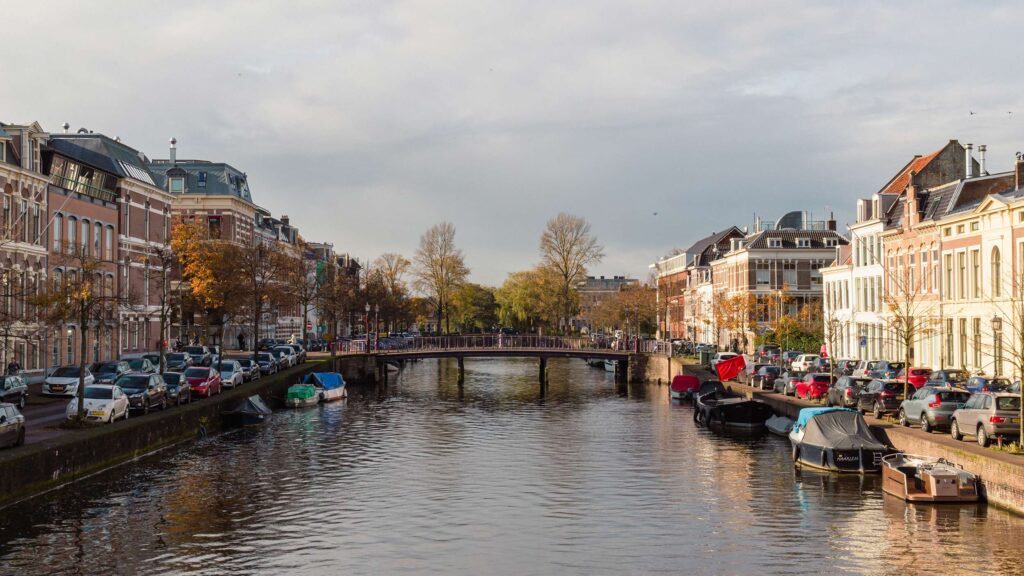
- Places to visit in Amsterdam on a budget-friendly trip

- Places to visit in Utrecht on a one-day budget-friendly trip

